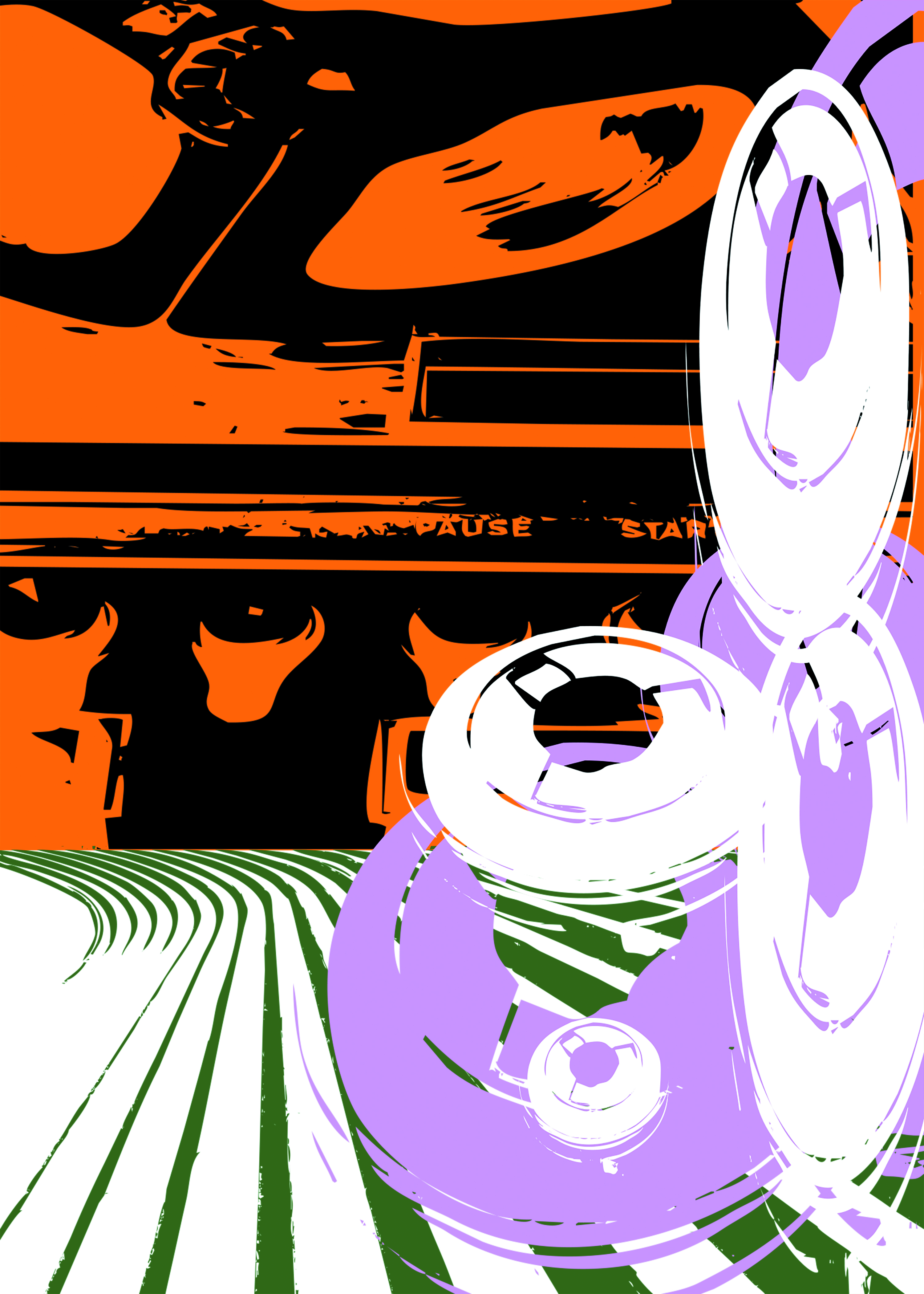Drawmer isn’t the only audio company that offers a saturation processor, but they are the only brand I’ve encountered that offers one with this much functionality, a great price point, and all in one rack unit. The name may suggest at least two features, but there are even more.
Like its name, the 1976 delivers a '70s flavor of harmonics – you won’t get full-on distortion, but rather “warmth” (that pesky word for rounded transients) on the early dial settings to gritty-but-pleasant overdriven tones as you open up each frequency band’s Saturation knob. That’s the smooth sound of gain meeting transistors across the Low, Mid, and High frequency bands.
Now, let’s talk about how you could ignore the saturation altogether and use the 1976 as a phase align tool, a rudimentary EQ, and a forensic audio device that can help with reconstituting stems and mixes. I discovered this added potential while mixing and mastering Texas songwriter Bob Cummins Jr.’s, Good American Songbook (out later this year). The 1976 was especially effective on refining individual drum sounds, shaping stereo drum tracks, and frying up some vocals in mixing, then allowing me to enlarge or dial back the overall mix in specific frequency bands when it came time to prep for vinyl pressing.
There are Width knobs for each frequency band that are neutral at 12 o’clock. The width application can get extreme moving clockwise, but counterclockwise brings stereo sources into mono (just as extreme, but helpful). Run your double-mic’d snares, kicks, or guitar cabs through and voila: phase control at your fingertips. You can get creative and tightly correlate phase within a track’s most relevant frequency bands then open it up a little elsewhere. One example: a snare’s mid and low band’s Width knobs turned fully or mostly counterclockwise with the high band opened up slightly at 1 o’clock for some airy spread. Now imagine all the other stereo or double-mic’d sources you could play with like this.
It gets wilder. Say you’ve got a track in a mix that was recorded well enough but isn’t sitting quite right. Use the two low and high crossover frequency knobs to dial in what range each frequency band will control and adjust the individual level of the bands, effectively equalizing the track. Sure, EQ is ubiquitous in and out of the box, but squeezing a little extra flexibility out of the 1976 makes it even more special in my eyes.
The 1976 is also a perfectly reasonable addition to a mastering chain. On more than one occasion, I’ve given bass frequencies more stereo spread and a little growl while turning up the vocal in the mid band and giving higher frequency elements more presence with some saturation or a simple volume boost… and maybe I’ll add some extra width while I’m there. Best of all, I can accurately check my work by muting entire bands and only hearing what’s happening in one band at a time, or bypassing bands that don’t need anything applied. Then I can easily check the whole mix in mono from the end of the 1976’s signal flow. This is the kind of forensic inspection and manipulation I’ve come to expect only from newer digital tools.
The good folks at Drawmer got the saturation part right, but didn’t stop there, and for that I am grateful. They thought of almost everything in the design and functionality of the 1976 (though I might lightly wag my finger at them for placing the power switch on the back). It’s more than simply a saturation processor, and it’s more than a width processor. The control the 1976 provides is remarkable, and discovering new applications for it has been a lot of fun. It’s worth researching, and if you demo one, prepare to make room for it permanently.




_disp_horizontal_bw.jpg)